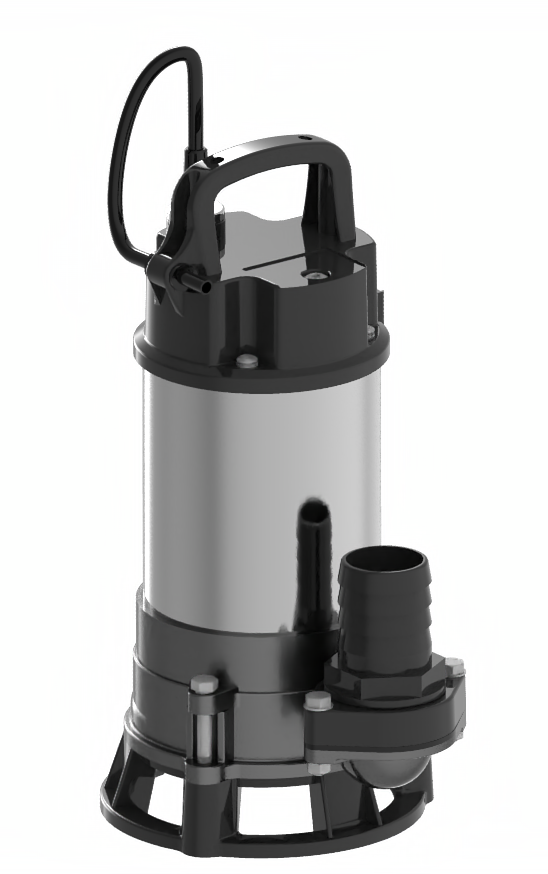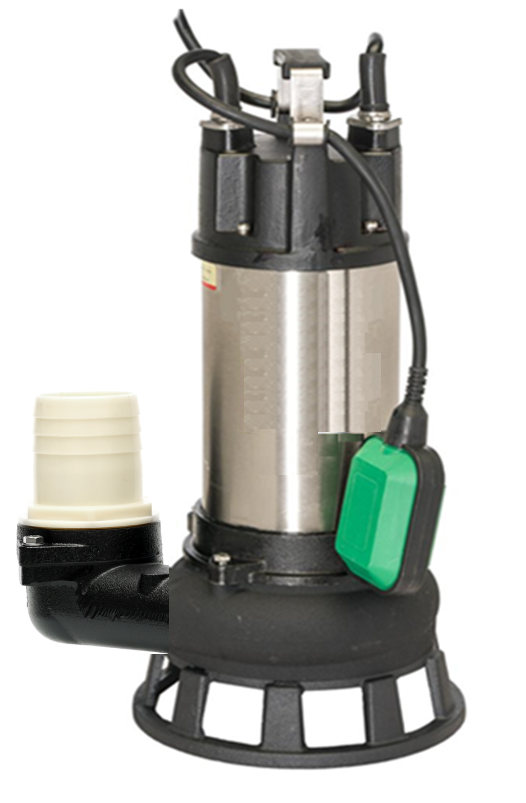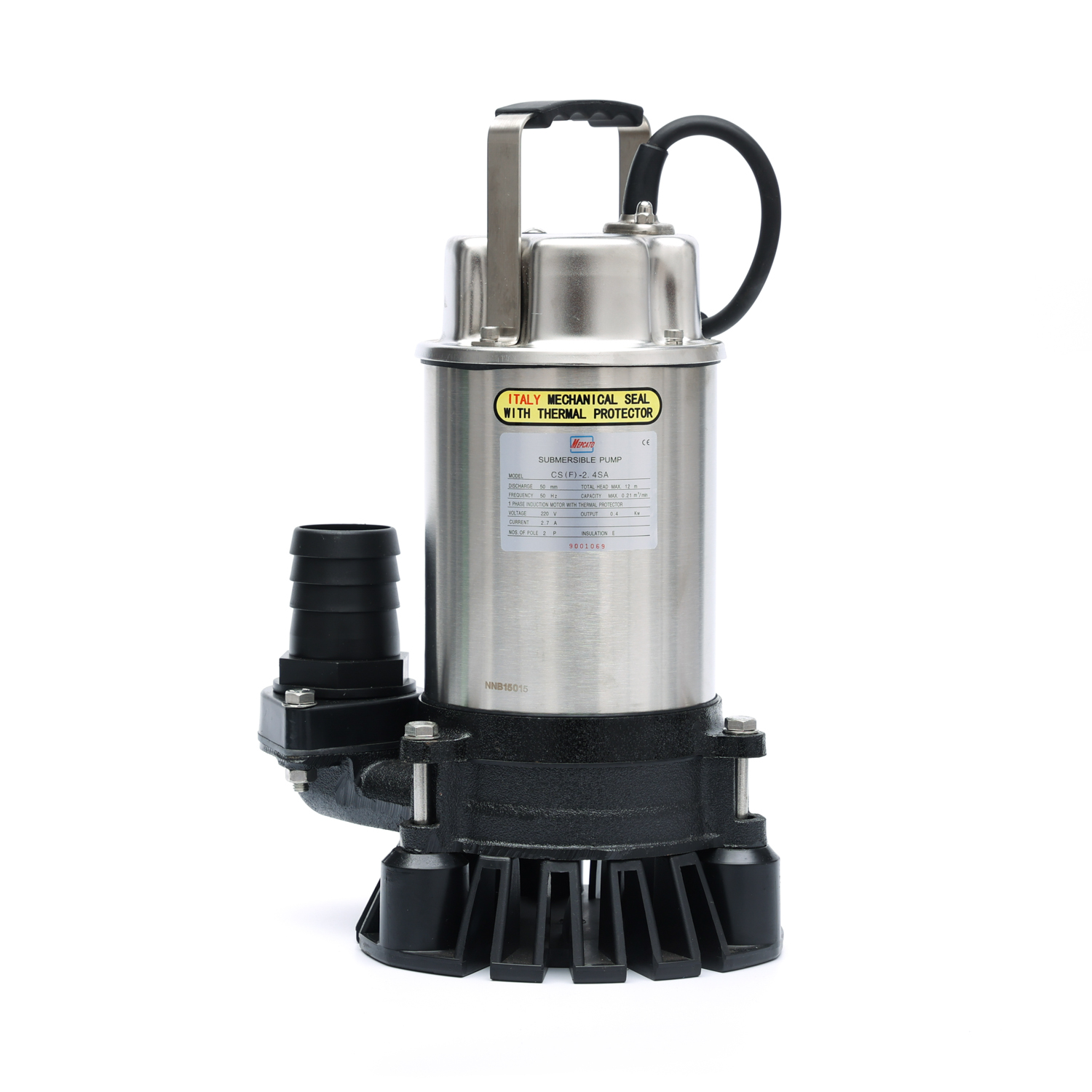Views: 45 Author: Mepcato_Viko Lau Publish Time: 2025-10-10 Origin: www.mepcato.com












Using a submersible pump for river irrigation involves submerging the pump directly into a river, pond, or ditch and transporting the water to the area needing irrigation through a pipeline system. The basic process and key considerations are as follows:
Water Source: River, stream, pond, or reservoir.
Submersible Pump: The core power unit of the entire system, operating completely submerged in water.




Water Pipeline: The network of pipes that transports the pumped water to the fields or landscape. This includes mainlines and laterals.
Control Panel/Switch: Used to start and stop the pump, providing protection against overload and phase loss.
Filtration System (Optional but highly recommended): Especially when pumping silt-laden river water, a filter must be installed on the discharge side to prevent clogging of sprinklers or drip lines.
Irrigation Equipment: End-point water distribution devices such as sprinklers, drip tubes, or micro-sprinklers.
Workflow:
Water Intake Point → Submersible Pump → Main Pipeline → Filter → Field Laterals/Valves → Irrigation Equipment
2. Installation and Operational Key Points
Pump Placement:
Place the pump in an area with steady flow, sufficient water depth, away from silt and debris. Avoid placing the pump directly on the riverbed silt; use bricks or a stand to elevate it, preventing silt ingestion.
If the river is shallow, dig a simple "pump pit" to ensure the pump is fully submerged.
Using a protective screen or basket around the pump can effectively prevent weeds, plastic bags, and other debris from blocking the intake.
Electrical Safety:
The submersible pump must use a dedicated waterproof cable, and all connections must be properly waterproofed and insulated, preferably using a waterproof junction box.
A control switch and a Ground Fault Circuit Interrupter (GFCI)/Earth Leakage Circuit Breaker (ELCB) are essential to prevent electric shock accidents.
The power supply line must meet the power requirements of the pump to avoid voltage drop due to long or thin wires, which can affect pump performance or even burn out the motor.
Pipeline Connection:
The connection between the pump outlet and the pipeline must be secure; use stainless steel hose clamps to prevent disconnection under high pressure.
Pipes should be laid as straight as possible, minimizing unnecessary elbows and elevation changes to reduce head loss.
Operation and Maintenance:
Initial Startup: Before starting, ensure the pump volute is filled with water (to self-prime and remove air). Check that the rotation direction is correct (for three-phase pumps).
Daily Operation: Monitor the discharge pressure and flow rate for normalcy. Listen for any unusual sounds during pump operation.
Regular Maintenance: Regularly check cable insulation and clean debris from the pump body and screen. After the irrigation season, retrieve the pump from the water, clean it thoroughly, and store it dry.